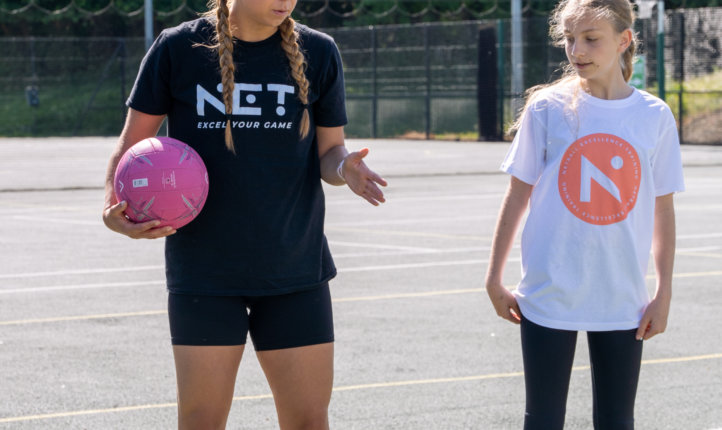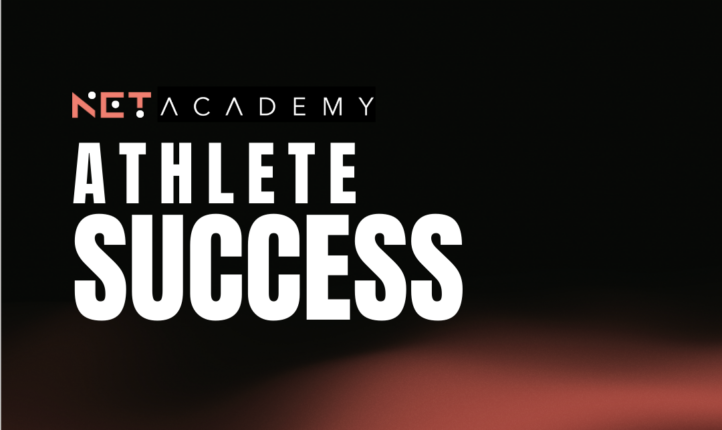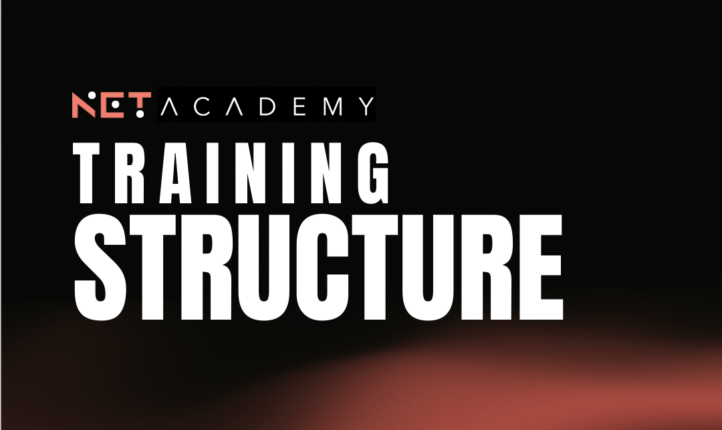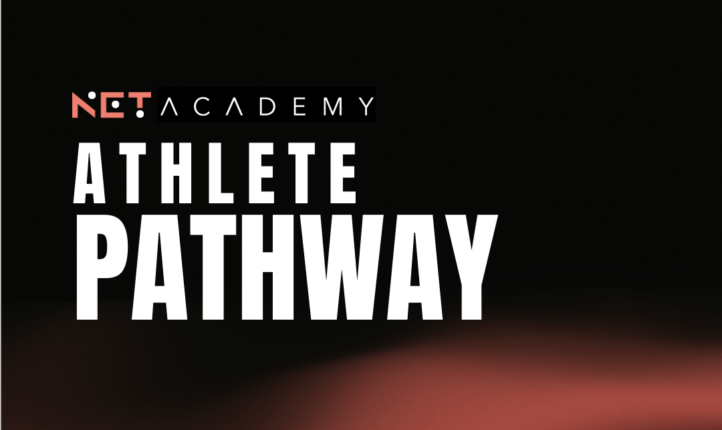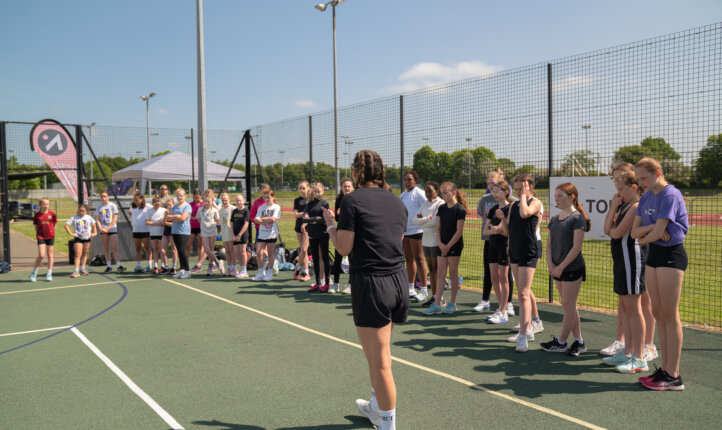January 10, 2024
How we can use intrinsic feedback training to help shooters become more habitually successful under the post
Written by Jenni Monger | Level 2 Netball Coach, NET Founder
Shooters have it tough! Not only does the fate of the game lie in their hands, but they also have the added pressure of their every success and failure being made instantly public for everyone to see. It is no wonder that so many shooters seem to crumble under pressure.
In my experience, it isn’t confidence that allows players to shoot successfully under pressure, it’s habit. In order to perform consistently under the post you need to train your body to understand everything that it does to make the perfect shot. This needs to come away from external success indicators (seeing the shot pass though the net), but instead focus on how it feels.
Intrinsic feedback relates to what is felt by the athletes as they execute a skill or performance. If players can start to become in-tune with their body, they can understand how the perfect shot feels and therefore will be more able to ‘damage control’ in pressured situations to adapt their technique in order fix their shot for the remainder of the game.
Learning to fail
When we first introduce intrinsic shooting practices, athletes need to understand what failure feels like. This allows athletes to analyse how their body moves differently when the shot is unsuccessful and in-turn allows them to adapt their movement to change the action for success next time.
Start with tasking athletes with completing 10 successful shots where success is hitting the front of the rim (undershoot). As they complete these players should be thinking about what their body does in order to help them to be successful. Players should be mindful of their entire body position and movement starting with position on the post and working through their feet, knees, hips, shoulder, arm movement, vision on the post or the ball, release point of the ball, finishing position, breathe sequence and anything else they feel may be relevant. Ask players to verbalise a list of things they need to do in order to be ‘successful’.
Players should then look to repeat this practice changing the success criteria each time; aiming to hit the back of the ring (overshoot), swish shot (straight in without hitting the ring). After each 10 successful shots, players should verbalise their list making sure to understand how the body feels different each time. At the end of each practice they should be starting to strengthen their kinaesthetic understanding of their shooting action and be able to feel a successful shot before they gain external feedback of their success.
Fix it!
Once players understand this process and the feeling of success it is important that they can translate it into ‘game-like’ situations. Start with tasking players with completing 10 shots from different positions within the shooting circle. As they release the ball, they must be able to announce whether the shot is ’in’ or ‘out’ before they gain external feedback of their success. They should be able to give a reason for their misses e.g. I didn’t flick my finger as I released the ball. Players should then take another shot from the same position immediately, focusing on ‘fixing’ the movement they felt meant they were unsuccessful first time around.
This method of mental rehearsal in shooting is important practice for helping players to not only practice correct habits in their technique but also to build confidence in their own performance. They will understand that they have the autonomy to adapt and change their technique to increase their own success therefore improving their sense of self belief on court.
When?
Intrinsic feedback training will at first need to be something athletes practice in isolation; taking time to understand how their body responds to the different success criteria and to build confidence in their kinaesthesia when shooting. As players become more in-tune with their body, intrinsic feedback will become habitual and part of their practice; they will be able to complete more advanced shooting practices and still be able to use intrinsic feedback to improve their success rate in their training.
This being said, there is always reason to revisit the basics no matter which stage an athlete is at with their performance. Isolated intrinsic feedback practices can be really valuable for developed players who are experiencing dips in their performance and/or confidence to help them to shift their focus and regain trust in their mind-body connection on court.
Have you enjoyed this article?
Share it on Socials
@netballexcellencetraining







